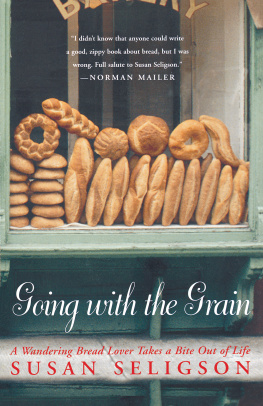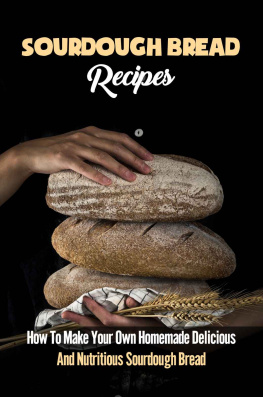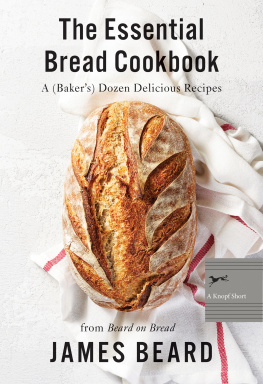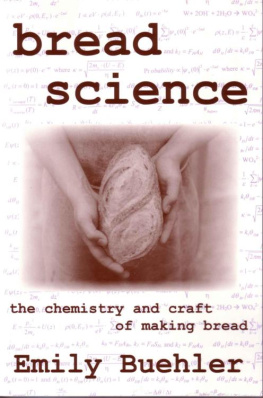Thank you for downloading this Simon & Schuster eBook.
Join our mailing list and get updates on new releases, deals, bonus content and other great books from Simon & Schuster.
C LICK H ERE T O S IGN U P
or visit us online to sign up at
eBookNews.SimonandSchuster.com
We hope you enjoyed reading this Simon & Schuster eBook.
Join our mailing list and get updates on new releases, deals, bonus content and other great books from Simon & Schuster.
C LICK H ERE T O S IGN U P
or visit us online to sign up at
eBookNews.SimonandSchuster.com

SIMON & SCHUSTER
Rockefeller Center
1230 Avenue of the Americas
New York, NY 10020
www.SimonandSchuster.com
Copyright 2002 by Susan Seligson
All rights reserved, including the right of reproduction in whole or in part in any form.
First Simon & Schuster trade paperback edition 2004 S IMON & S CHUSTER and colophon are registered trademarks of Simon & Schuster, Inc.
Designed by Karolina Harris
Cover photograph by Getty Images
The Library of Congress has cataloged the hardcover edition as follows: Seligson, Susan.
Going with the grain: a wandering bread lover takes a bite out of life / Susan Seligson.
p. cm.
1. Bread. 2. Cookery, International. 3. Seligson, SusanJourneys. I. Title.
TX769 .S3987 2002
641.815dc21
2002075812
ISBN 0-7432-0081-0
0-7432-5551-8 (Pbk)
ISBN 978-1-4767-7633-0 (ebook)
: Recipe from Traditional Moroccan Cooking: Recipes from Fez by Madame Guinaudeau, reprinted with permission of publisher, Serif, London.
: Recipe from Build Your Own Earth Oven by Kiko Denzer, Hand Print Press, P.O. Box 576, Blodgett, OR 97326, Phone: 541-438-4300. Reprinted with permission.
: Excerpt from Sunlight from Mossbawn: Two Poems in Dedication from Opened Ground: Selected Poems 19661996 by Seamus Heaney. Reprinted by permission of Farrar, Straus and Giroux, LLC.
: Personal recipe of Lora Brody, reprinted with her permission.

A cknowledgments
F or their encouragement and enthusiasm I thank Sara London, Sinan Unel, Suzanne Strempek Shea, Vivian Bower, Janice Allee, Lois Griffel, Madeline Miller, Seth Bauer, and my parents, Rhoda and Jack Seligson. Thanks to those whose generosity made my work easier, especially Omar Douad, Mazen Hamadeen, Tim Allen, Bob Walsh, Michael London, and Lora Brody.
I extend my deepest gratitude to my editor, Sydny Miner. I knew we were going to hit it off as soon as we compared hairdos; the journeys been a pleasure from start to finish. For her endless hard work, friendship, and wisdom I am forever grateful to my agent, Susan Ramer.
Finally, I thank my best friend, coach, underwriter, dance partner, dishwasher, publicist, jester, therapist, and muse. They are the same personmy husband, Howie Schneider. Long may he nudge.
For Howie

C ontents

I ntroduction: No Samples Today
On narrete pas le murmure
Du peuple quand il dit: Jai faim,
Car cest le cri de la nature:
Il faut du pain. Il faut du pain.
C HANSON OF P IERRE D UPONT , B OHEMIAN POET
M y husband invited a new acquaintance and his wife to dinner at our house. We heard youre writing a book about bread! they exclaimed. Their eyes darted around our kitchen; their hands patted their bellies. We were hoping for some samples!
Alas, the only samples I was equipped to offer were writing samples. Its happened time and again in the last two yearsfolks expecting to sink their teeth into some stupendous bread, courtesy of the lady penning a bread book. In truth, Im no baker. I dont even make cakes or pies, though if my craving is strong enough Ill bake cookies. The only bread I make at home is challah, a nod to my Jewish heritage. Challah is easy. The dough is crammed with so many eggs it rises as predictably as the tide and is nearly impossible to ruin. Also it makes a wicked French toast.
People who write about breadand there are many doing a terrific job of ittend to be professional bakers or seasoned food writers. I am neither. My lifelong love affair with bread has less to do with crust, crumb, and the vagaries of sourdough cultures and more to do with bread as a reflection of peoples varied beliefs, daily lives, and blood memories. Bread captivates me for many reasons. But most of all I love bread because I never tire of traveling to new places to learn how people nourish their bodies and spirits, how they rejoice, mourn, and manage in the face of adversity. Native bread can teach us these things, and more. Visit a village bakery or a matron tending a clay hearth to feed her family. Watch, listen, inhalethe bread tells the most essential human stories. And because a persons desire for that homespun bread doesnt diminish when he or she emigrates from Delhi to Astoria or Amman to Atlantic Avenue, in the middle of New York City I can close my eyes and take a bite, and the bread, like a tune or a scent or a face in the crowd, carries me far away. Thats how it is with bread and me. So youll forgive me if I dont bake the stuff. No samples today.
Bread is personal. Without leaving New York City an enthusiast may partake of Silesian potato bread, South Indian dosa, Finnish rieska, Ethiopian injera, and Italian grissini. But witness the disgust, even outrage, on the face of a resident foreigner biting into some feeble imitation of his native bread. An Iranian acquaintance travels from upstate New York to Brooklyn to buy flat breads the size of welcome mats in which to wrap kebab. Long after his family migrated to Florida, my friend Peter makes annual treks to his Long Island birthplace to buy out Bambis onion rye, with which he stocks his freezer for a year. Cashing in on a tidal wave of transplanted New Yorkers, an enterprising Cape Codder flies in fresh bagels from the mother church, H & H, on Manhattans Upper West Side. The first time after many years that I sank my teeth into the eggy flesh of a genuine onion roll I felt as if I were reunited with a cherished old friend. For baby boomers of my vintage even a slice of Wonder Bread delivers fond childhood memories.
Ive done a healthy amount of traveling. Were I asked to distill the culture and spirit of a faraway place into one tangible object, it would be a hunk of bread. I never tire of flour in all its incarnations. A crusty baguette, a dense slab of black bread, a round of pita, chapati, country biscuits, matzo, lavashthese are a few of my favorite things. Whether Im slogging up a mountain or snuggling against the cool leather of a long-distance train compartment Ive taken to keeping my pockets full of the local bread. And when I open my mind, heart, and palate to another culture its bread is as resonant as the national tongue or currency.
Bread is a form of currency. What other food approaches its variety and endurance? Consider the pleasure, pain, and general havoc attributable to the result of a simple union of flour, water, and salt. Throughout its eight-thousand-year history breads value has been measured in hope and despair, power and subjugation. Clerics sermonize on it, poets rhapsodize over it, beggars pine for it, and the masses agitate for it. Saints have been beatified in its name. Every year in September the ancient Greeks honored Demeter the bread goddess with nine days of egalitarian hoopla including parades with plows and scythes sculpted entirely of dough. Ever since the people of ancient Jericho baked crude cakes of wheat and barley in the desert sun, bread has been mans most persistent entitlement. People will suffer any number of indignities, but triple the price of bread and whether its contemporary Jordan or eighteenth-century France, they take to the streets in angry hordes. As Roman lawyer Juvenal famously wrote in A.D. 110, bread and circuses are what keep the masses pacified. Nearly 1,900 years later, Herbert Hoover would remark that world peace means a peace of bread. I dont know what happens when the powers that be start messing with circuses, but bread revolts have helped shape the course of history. In eighteenth-century London protestors pillaged grain stores. In Frances flour wars of the 1770s, people convinced of a conspiracy to raise bread prices seized grain from barges and tossed grain merchants into ponds. This supposed secret, grain-exporting pacte de famine perpetrated, the people believed, at a time when aristocrats were patting their wigs and faces with precious flourled to the storming of the Bastille prison. And though the majority of the attackers wielded axes and muskets, some, historians say, carried ears of grain.
Next page










